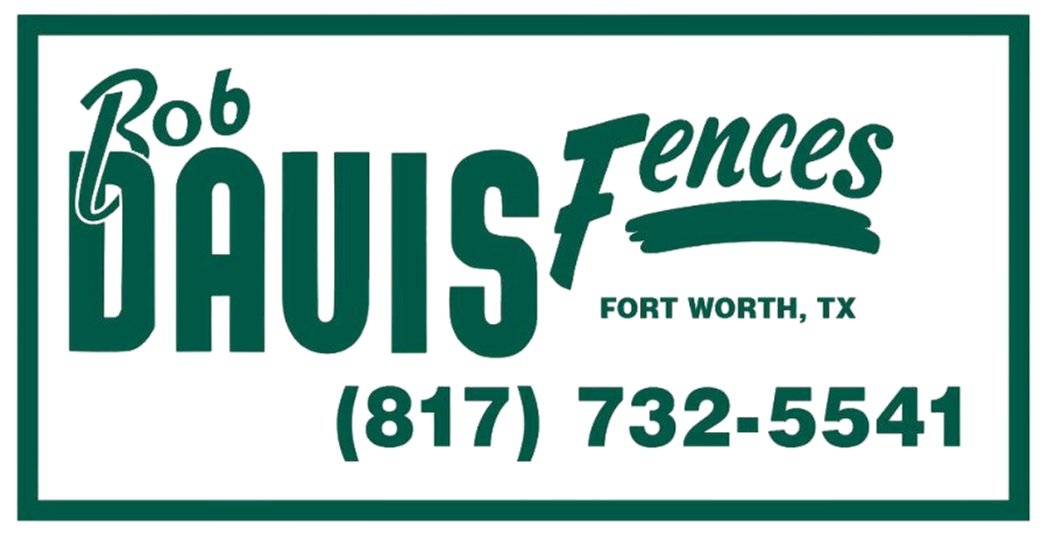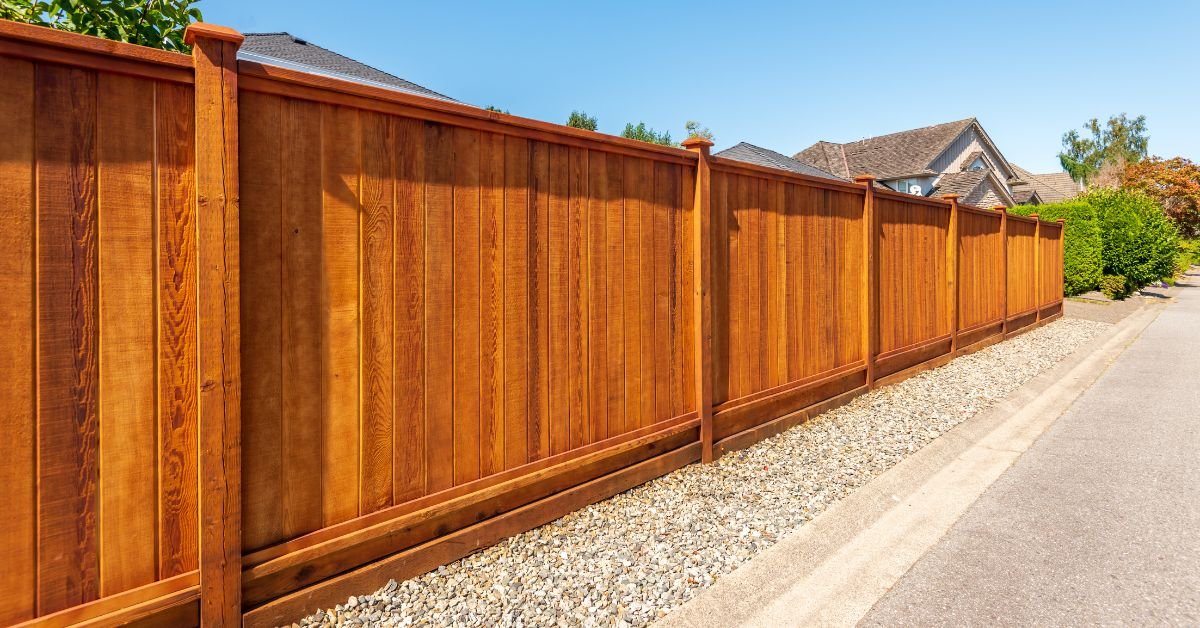An Overview of Custom Fence Design Options
When it comes to enhancing the security, functionality, and aesthetic appeal of your property, custom fence designs offer unparalleled options. Because of that, the number of choices you’ll have available to you might feel a bit overwhelming. This overview will explore some of the common custom fence design options you have when putting together a new fence.
The Materials
The first step in designing your custom fence is choosing the right materials. The most popular options include wood, vinyl, metal, and composite. Each material has unique characteristics and benefits. For example, wood offers a natural look that’s easy to stain or paint to fit your style preferences.
Vinyl fences are quite durable and come in many colors and styles, making them a popular choice for many homeowners. Metal fences, such as aluminum and wrought iron, provide a sleek, modern appearance and are highly resistant to weather and pests. And finally, composite fences combine wood fibers and plastic, offering the best of both worlds—the look of wood with the durability of vinyl.
The Style
Outside of the materials you use, the style of your custom fence is key to its appearance and functionality. There are many styles to choose from, each with distinct benefits. For a traditional look that’s perfect for a front lawn, consider a picket fence with evenly spaced vertical boards. For a modern vibe, go for a horizontal slat fence with sleek, aligned boards. Privacy fences like board-on-board or stockade styles provide maximum seclusion with closely placed boards. Lattice-top fences add elegance with a crisscross pattern, offering both privacy and visual appeal.
The Size
When designing your custom fence, consider the size that best suits your property’s needs. The height and length of your fence will depend on its intended purpose. If privacy is your primary concern, a taller fence, typically around six to eight feet high, is ideal. This height effectively blocks the view from neighboring properties and provides a sense of seclusion.
On the other hand, if you’re looking to create a boundary without obstructing views, a shorter fence, around three to four feet high, may be more appropriate. This size is perfect for front yards, gardens, and areas where visibility is essential. Additionally, the length of your fence will depend on the size of your property and the areas you wish to enclose. Be sure to measure accurately and consider any local regulations or guidelines regarding fence height and placement.
The Additional Features
Customizing your fence design doesn’t stop at materials, size, and style. Another option you’ll need to consider is the additional features that can enhance the fence’s functionality and appearance. For example, gates are essential components that allow easy access to different areas of your property. Choose a gate design that complements your fence style and ensures security. For even more security, consider installing locks or electronic entry systems on your gates.
Be sure to also consider decorative elements, such as post caps, finials, and ornamental scrollwork. These can further personalize your fence and reflect your unique taste. Regardless of which features you desire, Bob Davis Fences is here to help. We provide custom fencing in Fort Worth and are more than happy to help you design your new fence.

